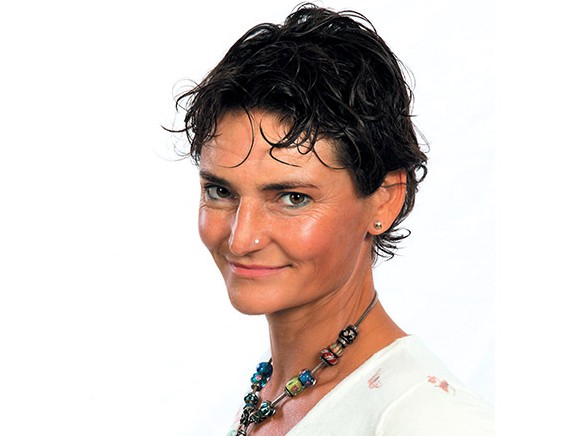
At the end of March, the Dutch government published a report of the results from the study entitled ‘The monitoring of salt in food products’ which was conducted by the Netherlands Food and Consumer Product Safety Authority (NVWA) in 2015 (see also Rijksoverheid.nl). The report is such a perfect fit with the theme of this month’s edition that I couldn’t resist sharing some of the findings with you.
The monitoring results from 2015 reveal that the decline in salt content that was identified in the sampled products between 2011 and 2013 does not seem to have continued in 2014 and 2015. In fact, the research even identified an increase in salt content in the sampled products in the sauces and conserves category. There’s good news for meat products though: based on the final assessment of the sector, the salt content has dropped by 20%.
Dutch Minister Schippers of Health, Welfare and Sport cautions that the results could paint a distorted picture: “The NVWA’s monitor also assesses products that fall outside of the scope of the Agreement on Food Product Improvement, such as products of foreign origin. The outcome of this monitor lends support to the fact that chain-wide agreements produce results, such as for bread and cheese products. This monitor also demonstrates that it is essential for imported products to be improved too. That underlines the importance of a joint approach to improving food products in the EU.”
Chain-wide, collaboration and ‘a joint approach’ are words that have become firmly associated with product improvement. The Netherlands recently put the topic high up on the European agenda. The EU Conference in The Hague resulted in a ‘Roadmap for Action on Food Product Improvement’. The aim: to gradually, through public-private collaboration, reduce the amount of salt, saturated fat and sugar in the product offering to make healthier eating choices easier. This month, we’ve asked members of the industry for their own opinions, and as Prof. Dr. Atze Jan van de Goot points out there is more than one way to achieve the same goal (i.e. healthier eating).
Europe made the headlines for the wrong reasons in March when all eyes were focused on Brussels. The metro station is just a stone’s throw away from the European Parliament building, where on the same day the parliamentary committee was voting on a resolution to introduce mandatory country of origin labelling for milk and ‘lightly processed meat products’ (although reliable sources have informed me that no one actually knows what ‘lightly’ actually means in this context). The motion for a resolution was adopted (with 44 votes to 18), although this balance could still change at the plenary vote later on down the line.
Which information should be included on the label, and what can be left off? As an industry, how transparent do we need to be about the ingredients? These and other questions continue to fuel discussions and form the basis for (unsweetened) opinions.
Judith Witte
[email protected]
Source: © Vakblad Voedingsindustrie 2016